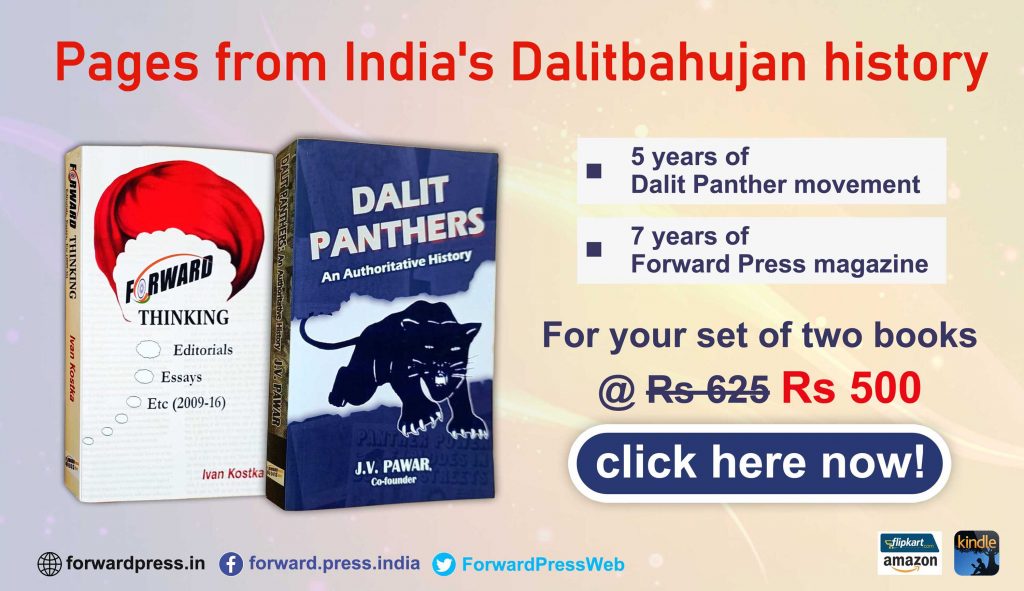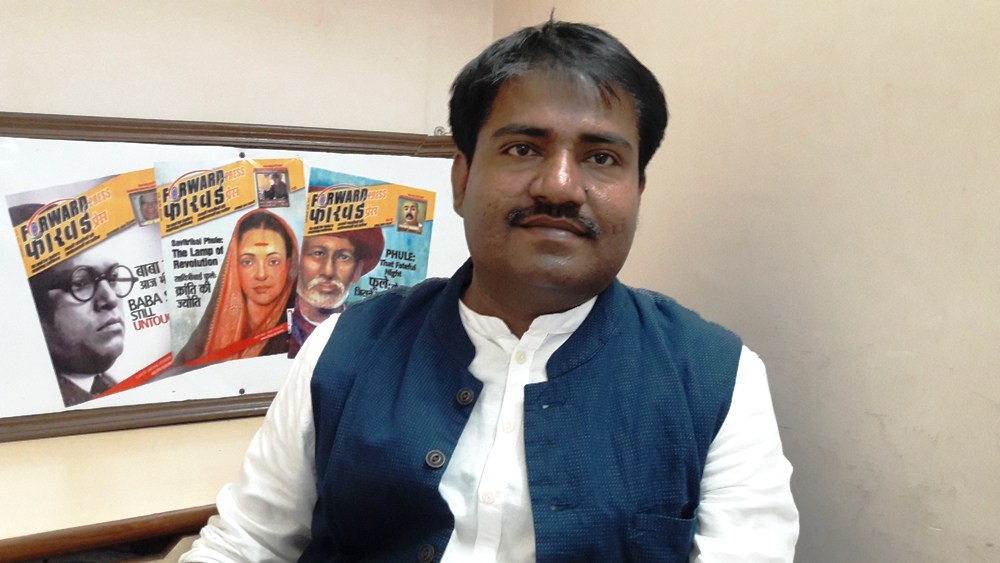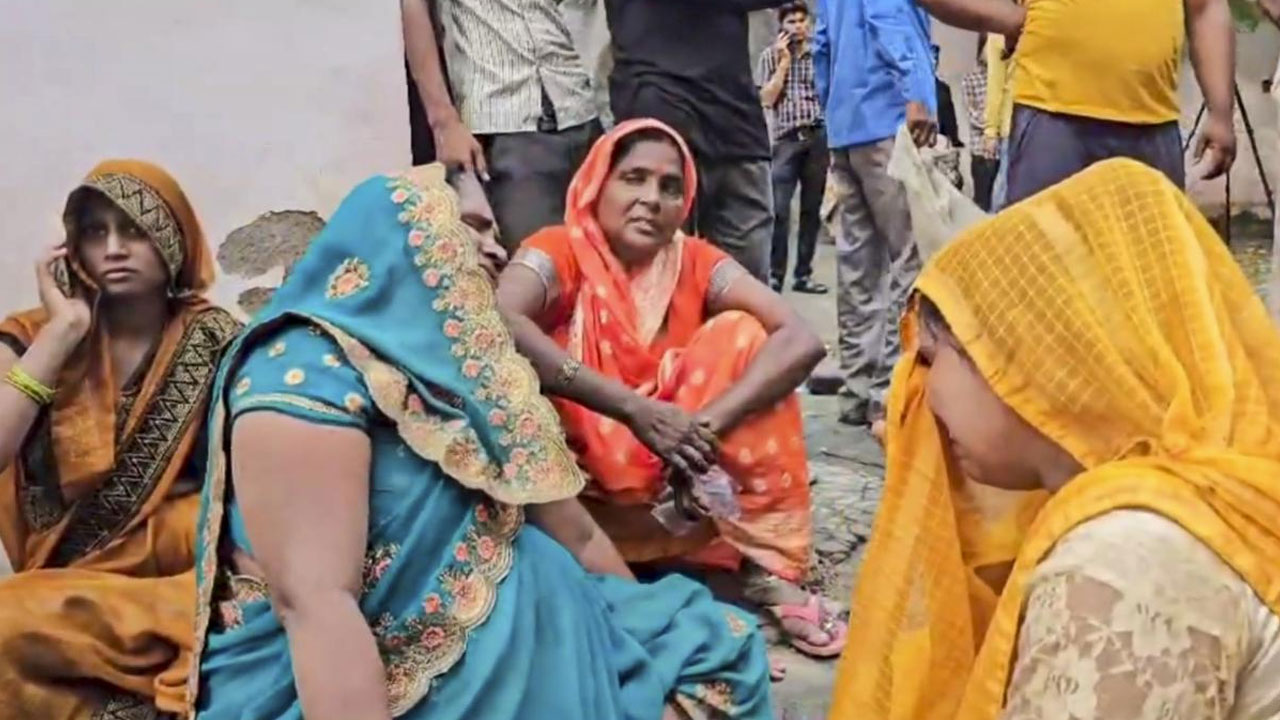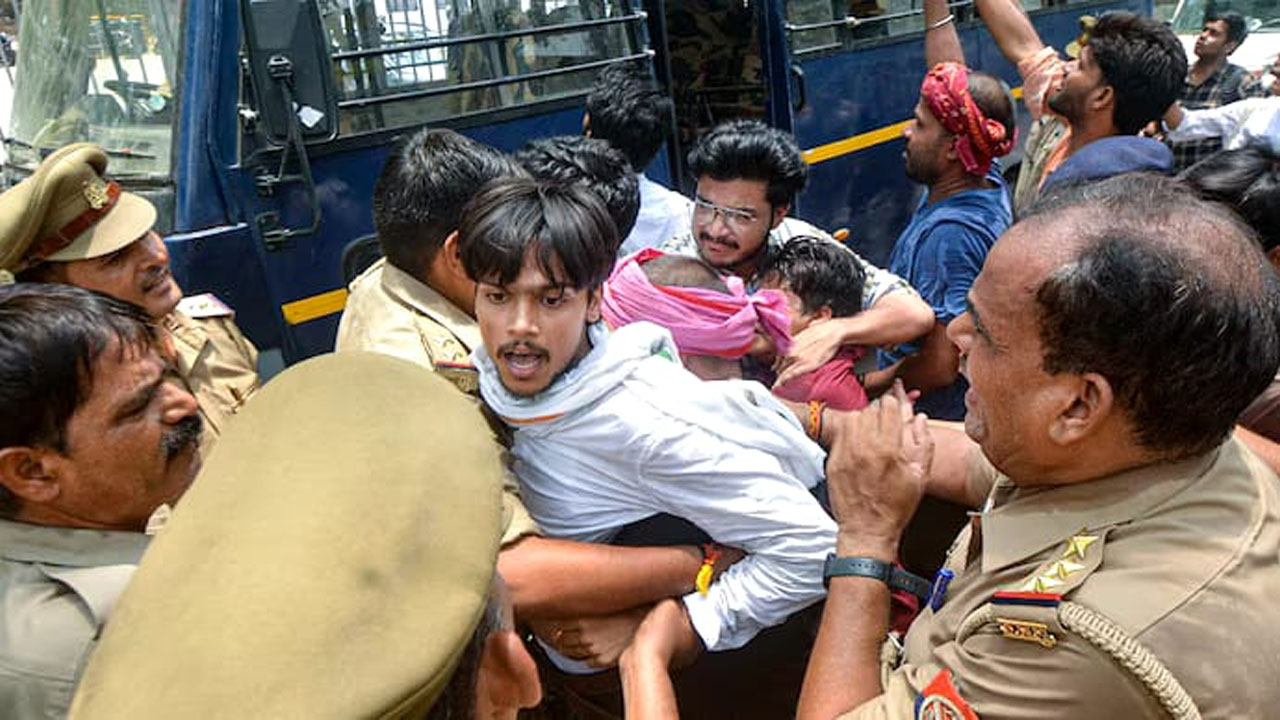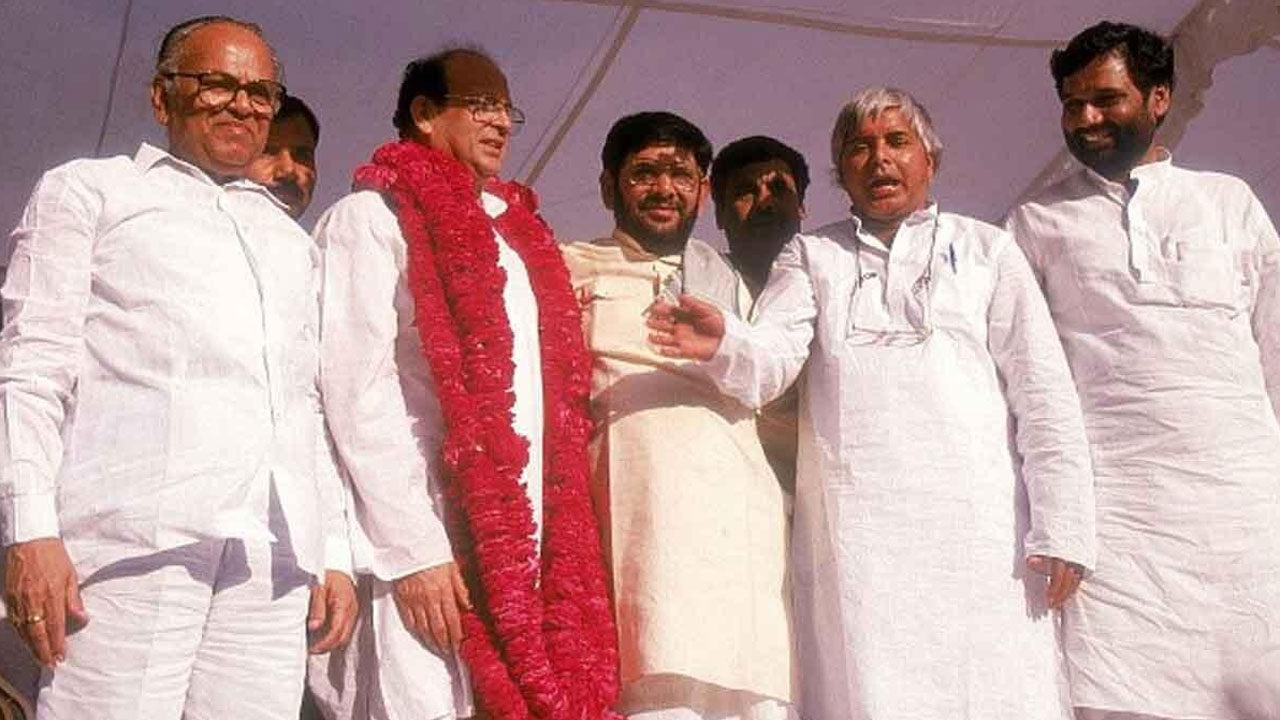Dipankar Bhattacharya, general secretary, the Communist Party of India (Marxist-Leninist), discusses the outcome of the West Bengal Assembly elections with Nawal Kishore Kumar:
The Left parties have failed to win even a single seat in the recently concluded Assembly polls in West Bengal. What, in your view, led to this drubbing?
The first reason was that the Left parties, especially the CPM [Communist Party of India (Marxist)], failed to gauge what these elections were about. They thought that as the Trinamool Congress (TMC) had been ruling the state for 10 years, the key question before the people was whom to replace the TMC with. But that was not the case. The question before the people was who would be able to stop the onward march of the BJP [Bharatiya Janata Party], which had made major inroads into West Bengal with 38-40 per cent votes and 18 seats in the 2019 Lok Sabha elections. This was the key question. The second reason was that after losing power in 2011, the CPM should have played its role as an opposition party; after ruling the state for 34 years, it needed to reinvent itself as an opposition party; but it could not get rid of its hangover. It continued to behave as if it was in the government, which led to its doom. Just compare the situation with the assembly elections in Bihar in 2015. Lalu Prasad and Nitish Kumar had joined hands to form a formidable alliance against the BJP. We were not a part of that alliance but we still managed to win three seats. No one can say that we were not against the BJP then. Our organization, our movement, was strong in some places where we were in a position to offer considerable resistance in triangular contests or even win seats on our own strength. But the CPM in West Bengal was weak on both these counts. It was not in a position to contest elections independently. Its stand vis-à-vis the BJP was confusing, especially when it proclaimed that the TMC and the BJP were two sides of the same coin. It floated the theory of “Bijemool”. What I feel is that the Left supporters as well as the Congress supporters lost their way and a chunk of them ended up voting for the TMC as a mark of their opposition to the BJP.
How proper was their decision to form an alliance with the Congress?
They have had an alliance with the Congress since 2016. This time, they also allied with a different kind of party – with Pirzada Abbas Siddiqui of the Furfura Darbar Sharif. His party’s name was Indian Secular Front. Notably, the party was not even registered. They had contested Bihar elections as the All India Majlis Party. Thus, the CPM had an alliance not only with the Congress but also with a new party. But the alliance did not make a difference. The alliance could win only one seat and that went to Indian Secular Front. Neither the Congress nor the CPM could get anything out of the alliance. The third party benefited. The alliance with the Congress was inconsequential.
How would you assess your party’s performance?
It was weak. We had decided to field our candidates in only a few constituencies in Bengal. We had fielded 12 candidates. We had contested the elections on the larger issues. In some places, our votes went up but that is not of much consequence. We had supported the Left Front on seats which were won by the Left Front in 2016. In 260 constituencies, we had appealed to the people to vote for candidates, who, in their view, were in a position to defeat the BJP. Thus, our emphasis was on stopping the BJP. We have met our objective. It is important to note that in the present West Bengal Assembly, only the BJP constitutes the opposition. There is not a single Left-party MLA. This means that we will have to play our role as the opposition outside the Vidhan Sabha, on the streets, and this we will do.
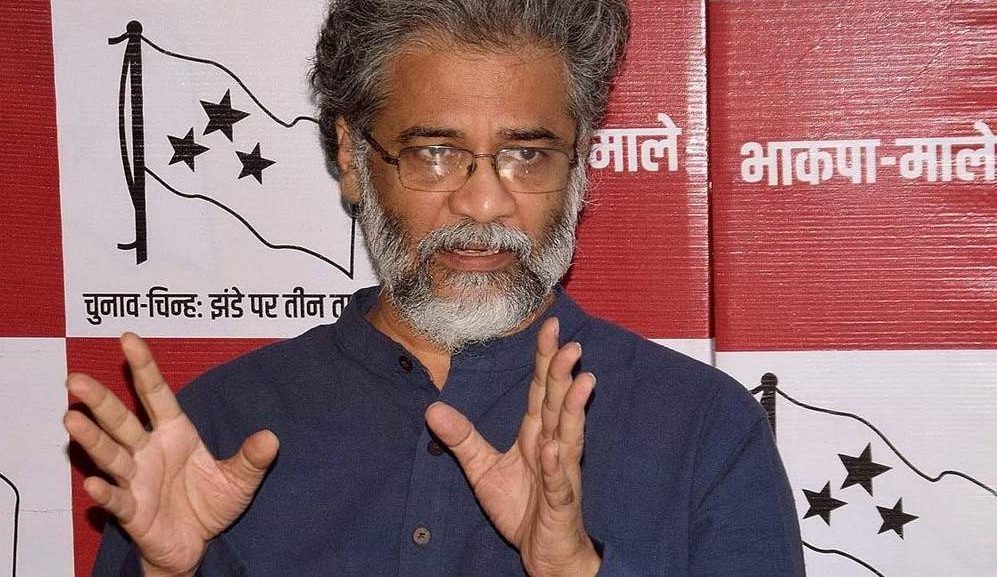
In Bihar, you were in alliance with the Rashtriya Janata Dal (RJD). You benefited from the party’s social-justice base. The RJD cadre also benefited from your party’s presence. But how do you see the situation in Bengal? Shouldn’t the Left parties accept that social inequalities and discrimination are more important than the class issues?
This is not correct. Social inequality in itself is a class issue. Dr Ambedkar had famously said that “Caste is not only the division of labour but also the division of labourers.” What we can conclude from this is that uniting the workers and making them stand up against social inequalities and oppression should be our objective. When we unite the workers, it will not be on the basis of caste. We will rise above caste. We have to unite all the workers. As far as the question of social oppression is concerned, class struggle is everywhere. Whether it is a cruel form of social oppression or any kind of social discrimination, we believe that opposing it is part of class struggle.
Last year’s Bihar Assembly elections were important not because the RJD, with its agenda of social justice, and the CPI (ML), with its focus on class struggle, joined hands. This would be an oversimplification. You would have noticed that in the initial phases of polling in Bihar, especially in the southern parts of the state, we performed very well. But that was not solely because of the issue of social justice, which the RJD calls economic justice. It was a broader struggle for justice. The Constitution says: “Justice – social, economic and political”. This was our idea of justice. It was not limited to the idiom of social justice. Sandeep Saurabh got a substantial number of votes in Paliganj. Ditto, Manoj Manzil in Agiaon and Ajit Kushwaha in Dumroan. Thus, we got votes from the areas where we had a popular base and we also got support from the RJD. We even got a substantial chunk of the votes of youth of 18-35 years age group, who used to vote for the BJP and the JDU [Janata Dal (United)]. In the later phases, there were areas where the movement of CPI (ML) was weak and where the RJD’s agenda of social justice constricted to the MY [Muslim-Yadav] equation. In such areas, the BJP and the JDU won thanks to the anti-Muslim and the anti-Yadav equation. The issue of social justice first emerged in the 1990s. But it has undergone major changes since then. This was visible in Uttar Pradesh and Bihar and the other areas of the Hindi belt, where the BJP has been forging an equation of the Mahadalits, the Dalits and the OBCs, barring Yadavs, like Kushwahas and others to take on the influential caste groups. This needs to be given serious thought. To stop it, a people’s movement along the lines of the protest by farmers of Punjab, Haryana and western Uttar Pradesh, needs to be built. In Bihar, we will have to undertake decisive mobilization by raising issues like jobs for the youth, healthcare in the pandemic, deaths due to shortage of oxygen and other issues of daily life.
The post-poll analyses show that in these elections, the BJP got the backing of the Dalits and Backwards. The BJP won seats in those parts of north Bengal where the Naxalbari movement flourished. How do you see this?
The BJP has won seats in Naxalbari. The Naxalbari movement had begun from north Bengal but now it doesn’t have that kind of presence in north Bengal and in fact, in the entire state. The important issue is that the Dalits, Adivasis and OBCs have voted for the BJP in large numbers. In Assam, the workers in tea estates and in fact, the entire tea-estate community voted for the BJP. In Bengal, in areas like Darjeeling, the BJP got the votes of the tea-estate communities. It also got the votes of the Rajbanshis, as also of the Adivasis in Bankura and Purulia region. Despite that, their vote share fell in comparison with 2019. We could clearly see the impact of the agitations that happened over the last two years on the issues of Dalits, Backwards, Adivasis and NRC [National Register of Citizens]. That was why the BJP could not get the expected success.
Your take on the violence that followed the elections in West Bengal?
Violence during and after elections is nothing new for West Bengal. Political violence has long been a part of the state’s culture. That happened even when the CPM was ruling the state. We had to face killings during the 1993 Panchayat elections. In 2018 Panchayat elections, the TMC people did not allow their opponents to even file their nominations. I think there are local reasons behind the violence and the counter-violence after the elections. But the BJP is trying to give a communal colour to this violence. It exaggerated things; it spread fake news, as if the Hindus were being forced to flee Bengal because of the violence. I believe that spreading this kind of disinformation is wrong. Even the governor of the state has toured Sitalkuchi and Nandigram over this issue. The governor is functioning like the state president of the BJP. This is patently wrong. The governor should intervene in keeping with the Constitutional provisions, in keeping with the dignity of his office. The violence lasted only 2-4 days. It has ended now. In these Covid times, the people are battling the epidemic. The state government has announced compensation for the victims of the violence. It hasn’t done politics on it. We have to march ahead from here.
The BJP came to power at the Centre on basis of the Gujarat model. It took a long time for people to realize the reality of this model – that it was a myth. Don’t you think the political scenario would have been different had the Left parties projected the Kerala model, especially vis-à-vis communal harmony, human development index, etc, as the ideal?
The Kerala model is not the model of Kerala alone. It is the model of the entire south India, including Tamil Nadu. In Tamil Nadu, too, the health facilities and public distribution system are better than in other parts of the country. The work of social welfare is done in a somewhat better manner than in other states. Today, we can talk about the Kerala and Tamil Nadu models. We can also talk about other states. Here, three points need to be understood. The coronavirus epidemic has shown that health should be the fundamental right of the people. The privatization of the health sector is very dangerous. Let alone the poor, it won’t even spare the rich. The coronavirus has taught us that a health insurance scheme or a card worth Rs 2-5 lakhs would serve no purpose. The danger will always be there till a better basic health structure right from the primary healthcare centre to the tertiary healthcare centre is not created in our country. At least in the fields of education and health, privatization should be stopped.
The second point – it has been raised by the son of Rajan Mishra, in whose name a Covid hospital has been established. He said that the nation should decide its priorities – whether it would build temples and statues or it would build hospitals and arrange beds and oxygen. The ideology of the RSS [Rashtriya Swayamsevak Sangh] is anti-science. It promotes all sorts of superstitions and wrong notions. This is very unfortunate for the country. We have been seeing the first and second waves of Covid or the havoc that Covid has wreaked during Modi Raj. Modi Raj means RSS Raj and RSS means superstitions and an anti-science mentality. The second meaning of the Modi government is crony capitalism, that is the rule of Adani-Ambani. We are seeing the catastrophic fallout of the combination of both these factors. By now, we should have produced vaccines in enough quantities to battle Covid. We should have been running an aggressive nationwide vaccination campaign along the lines of the Pulse Polio drops or vaccines. But today we are battling issues related to production and administration of the vaccine. These have been turned into business in our country. So, the lesson from Covid is that we will have to expose the Hindu Rashtra of the RSS, not only in the Hindi areas but also in the non-Hindi areas. Recently, a poem in Bangla has been doing the rounds on WhatsApp. It says, “Keep the Hindu Rashtra aside; bring us oxygen from somewhere.” This is the message which should be taken to the people on an ideological plane. An atmosphere favouring modernity, modern thinking, science and logic should be built in the entire country. We have enough time for it.
Last question. The BJP did not get the expected success in the assembly elections in five states. Barring Assam and Puducherry, it failed in the remaining three states. Narendra Modi’s popularity has nosedived in these Covid times. What direction would the country’s politics take post-Covid?
You are right. But the BJP has been quite successful in Bengal. Their campaign, claiming that they were coming to power – that has received a jolt. But still, taking its tally from 3 seats to 77 seats and securing 38 per cent of the votes is a big success for the BJP. The message that the Bengal elections has sent out is that it is possible and necessary to stop the BJP. We need to take on the BJP aggressively and with great enthusiasm. This election will give a boost to the ongoing movements in the country – movement of farmers, movement of youth for employment, movement for the release of political prisoners, and so on. The opposition parties should forge a broad front and should go to the people with a common minimum programme, turning this into a people’s movement. For instance, in Bihar, we formed a front at the eleventh hour but we achieved a substantial measure of success. In Bengal, too, the TMC could get 48 per cent votes as the elections were converted into a people’s movement. Otherwise, the TMC’s own vote share is not more than 40 per cent. Bengal gave an additional 8 per cent votes to the TMC to stop the BJP. The impact of the farmers’ movement was visible in the Uttar Pradesh Panchayat elections. We should forge a broad opposition unity as soon as possible and march towards a big people’s movement.
(Translation: Amrish Herdenia; copy-editing: Anil)
Forward Press also publishes books on Bahujan issues. Forward Press Books sheds light on the widespread problems as well as the finer aspects of Bahujan (Dalit, OBC, Adivasi, Nomadic, Pasmanda) society, culture, literature and politics. Contact us for a list of FP Books’ titles and to order. Mobile: +917827427311, Email: info@forwardmagazine.in)
The titles from Forward Press Books are also available on Kindle and these e-books cost less than their print versions. Browse and buy:
The Case for Bahujan Literature
Dalit Panthers: An Authoritative History
